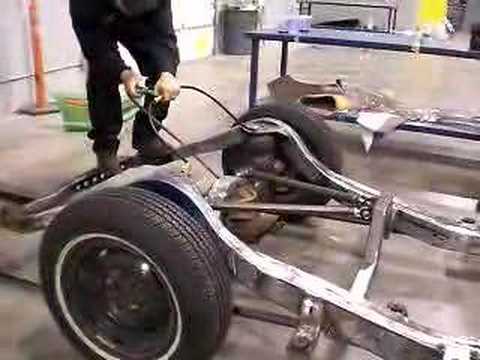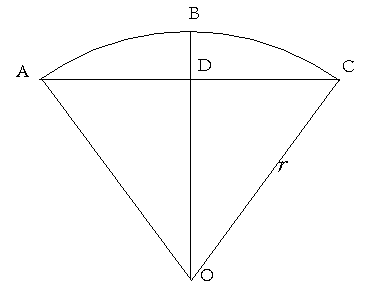NoShopSkills
Active member
- Joined
- May 21, 2014
- Messages
- 32
Looking at the 3 and 4 link systems some have built in builds section leaves me perplexed.
I'm trying to understand how everything moves, but can't seem to learn the answers from reading build threads. Let's assume that I want to build a 4 link double triangulated, air bag rear axel system. Does it move straight up and down, perpendicular to the frame? Or does it follow a slight arc which is what it must do if the arms are solid, as it moves away from the frame? The rear end of the drive shaft has to follow an arc as it moves up and down, so unless the two are perfectly matched, the radius of each arc is slightly different.
In the same way that frame flex induces "bump steer", I'd think that the different radii between the usually longer drive shaft and comparatively shorter pivot arms, would cause the need for an expansion coupling, or at least splines that allow for some telescopic movement in and out between full compression and full expansion of the springs, to make up the difference... otherwise the drive shaft would be too short and sloppy, or too long and bound.
So when designing a suspension and drive train system, how do you compensate for the different arcs that are followed, one by the end of the drive train vs. the other, the end of the differential?
I'm trying to understand how everything moves, but can't seem to learn the answers from reading build threads. Let's assume that I want to build a 4 link double triangulated, air bag rear axel system. Does it move straight up and down, perpendicular to the frame? Or does it follow a slight arc which is what it must do if the arms are solid, as it moves away from the frame? The rear end of the drive shaft has to follow an arc as it moves up and down, so unless the two are perfectly matched, the radius of each arc is slightly different.
In the same way that frame flex induces "bump steer", I'd think that the different radii between the usually longer drive shaft and comparatively shorter pivot arms, would cause the need for an expansion coupling, or at least splines that allow for some telescopic movement in and out between full compression and full expansion of the springs, to make up the difference... otherwise the drive shaft would be too short and sloppy, or too long and bound.
So when designing a suspension and drive train system, how do you compensate for the different arcs that are followed, one by the end of the drive train vs. the other, the end of the differential?




